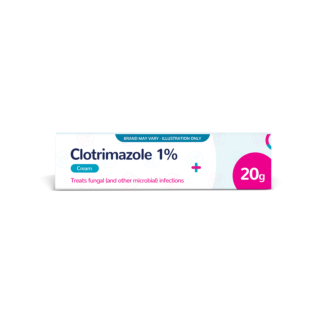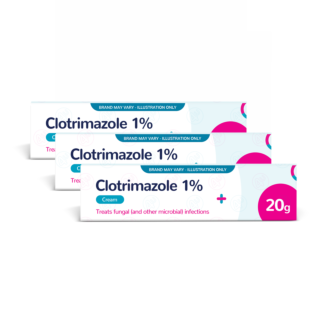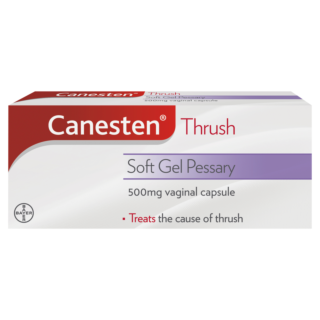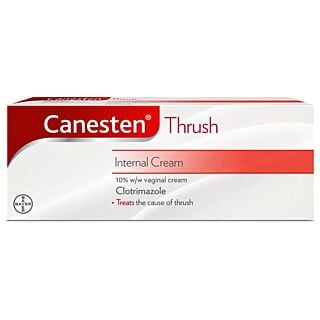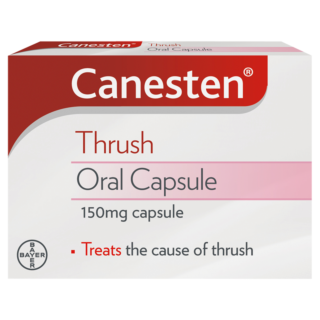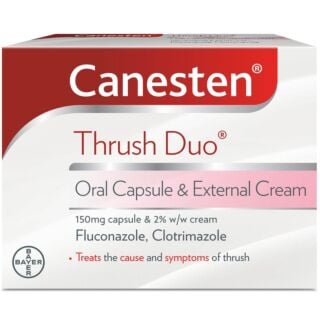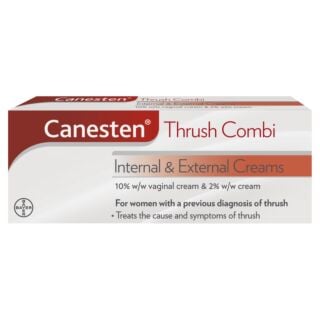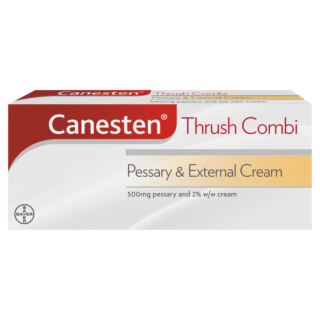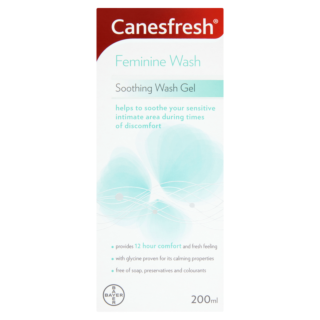Have I got bacterial vaginosis (BV) or thrush?

Thrush and Bacterial Vaginosis are common infections that can make your intimate area feel less than friendly.
If you’re struggling with an infection, you’re going to want to get rid of it fast, if only so you can lose the annoying itching!
But how can you tell the difference between these two very similar infections? Let’s find out the facts and see what makes them so different.

What is thrush?
Thrush, which is also known as a yeast infection, is a common infection that many people deal with at least once in their lives.
Lots of people associate thrush with a vaginal infection, but it can occur in lots of different places including the mouth and nipples.
With that in mind, today we’re going to be talking about vaginal thrush, which is the kind of thrush you’d confuse with BV.
You develop this kind of thrush when there is a bacterial imbalance in your vagina which causes the natural yeast that lives on your body to grow and multiply.
This is the very basics of what happens when you have thrush, but if you want to know more we just happen to have written a handy guide all about it. Aren’t we good to you?
What are the symptoms of thrush?
Thrush is pretty easy to recognise, having some common symptoms that appear in most cases.
These symptoms will normally clear up within a week if you treat your thrush properly, but they’re pretty unpleasant while you’re suffering with them.
Some of the most common symptoms you’ll experience when you have thrush include:
- A white, cottage cheese-like discharge, which usually won’t smell
- Itching around your vulva or vagina
- Red and swollen labia
- Soreness around the entrance to your vagina
- Soreness or stinging when you have sex or use the bathroom
Although these are the most common symptoms of thrush, you might not experience all of them. In fact, some people with thrush don’t experience any symptoms at all! Some people have all the luck.
Does thrush smell?
Thrush doesn't usually smell, so it's not a sign you should be looking for if you think you've got a yeast infection.
The most easily noticed symptom of thrush is the white, cottage cheese-like discharge, rather than a tell-tale smell.
With that being said, if you do think you have thrush but are also noticing an unpleasant smell, we'd recommend speaking to your doctor or pharmacist, just to be on the safe side.
A strong, fishy smell is more likely to be a symptom of another condition, which brings us to our next point...
What is Bacterial Vaginosis or BV?
So now we know about thrush, lets move on to Bacterial Vaginosis, or BV.
BV is an infection in the vagina which, like thrush, is caused by an imbalance of the natural bacteria in your intimate area.
Bacterial vaginosis will also clear up quickly if you treat it properly, but you’ll need to see your doctor to get effective medication prescribed to you, whereas thrush can be treated with over the counter medications you can pick up at a chemist.

What are the symptoms of BV?
If you want to know the real difference between thrush and BV, you should look to the symptoms.
Although the two conditions are similar, their symptoms have got some key differences. Some of the symptoms of BV include:
- Greyish-white discharge
- Watery discharge
- A fishy or unpleasant odour coming from your vagina
- Symptoms getting worse when you have sex or during your period
Do you have BV or thrush?
If you’re not sure whether you have BV or thrush just from looking at lists of symptoms there are a couple of other things you can consider.
If you’re feeling sore, itchy, or experience a burning sensation, you probably have thrush rather than BV.
BV doesn’t typically cause any pain or irritation, whereas thrush is particularly noticeable because of those irritating symptoms.
If your vaginal discharge is greyish or watery you’re probably dealing with BV, but if it’s white and looks a bit like cottage cheese you’re dealing with thrush.
If you’re noticing a strong fishy smell, then you probably have BV, as thrush rarely causes a strong smell.
No matter what you’re dealing with, get yourself to a doctor for a formal diagnosis so you know that you’re getting the right treatment for your infection.

How do you treat thrush?
There are a few options for thrush treatment, and you can even use some of them at the same time to fight the infection and the symptoms at the same time.
You can choose to treat thrush with a tablet, internal or external creams, or a pessary, which is a tablet that you insert into your vagina.
The oral tablets normally contain the active ingredient fluconazole, an antifungal ingredient which works to clear the infection from the inside out.
The external creams, internal creams, and pessaries often use the active ingredient clotrimazole, another antifungal ingredient which helps to ease your symptoms while helping to cure the infection.
You can use both of these options at the same time, for a two-pronged approach that’s really effective.
How do you treat BV?
To treat BV you’re going to need a prescription from your doctor, as the only way to treat Bacterial Vaginosis is antibiotics.
This is another reason why it’s so important to talk to your doctor if you think you have BV or thrush, as you can only get antibiotics from a doctor and you’ll need to make sure you’re using the right treatment to get rid of either infection properly.

Can you use Canesten to treat BV?
Canesten is a popular and effective brand of thrush treatments, but it can’t be used to treat BV.
Although thrush and BV are similar, their causes are slightly different, so they can’t be treated in the same way.
Use the antibiotics prescribed by your doctor to treat BV, it’s the only way to get rid of that infection fast.
If you’re trying to prevent BV, the most important thing you can do is keep your intimate area clean without over washing, and avoid using perfumed products or deodorants around your vaginal area.
Make sure to always change your tampons and pads frequently and change your underwear after you swim or work out.
This will help to promote a healthy balance of the natural bacteria in your intimate area.
Can you have thrush and BV at the same time?
Yes, you can have thrush and BV at the same time — and if you do then I’d recommend that you skip buying a lottery ticket this week, because you’re definitely on an unlucky streak!
If you do have thrush and BV you could see a combination of both sets of symptoms, which can be just as fun as it sounds.
For example, you may experience the itching of thrush and the pain and smell of BV all at once, or another lovely combination like that.
If you think you’ve got a combination of thrush and BV going on, you should speak to your doctor for advice.
They’ll be able to determine whether you really do have both conditions at once and recommend a suitable treatment that will help to get things back to normal.
Can men catch BV or Thrush?
Men are a luckier than women in this respect, as they only have to worry about one of these conditions.
Men can’t get Bacterial Vaginosis, as the name suggests it only affects the vagina, so if you don’t have a vagina then you can’t have BV.
Thrush on the other hand, can affect both men and women, and the symptoms are similar in both.
As thrush can appear in more areas of the body than just the genitals, men are equally as capable of catching thrush in these other places as women.
Congratulations men, you can enjoy thrush as much as we women do! Isn’t that just the best news you’ve heard today?

Now we know how to tell the difference between thrush and BV, but don’t forget that if you’re not sure whether you have one of these infections, you should get yourself to the doctor right away.
The sooner you get your diagnosis, the sooner you’ll be able to treat your infection and get rid of those irritating symptoms!

